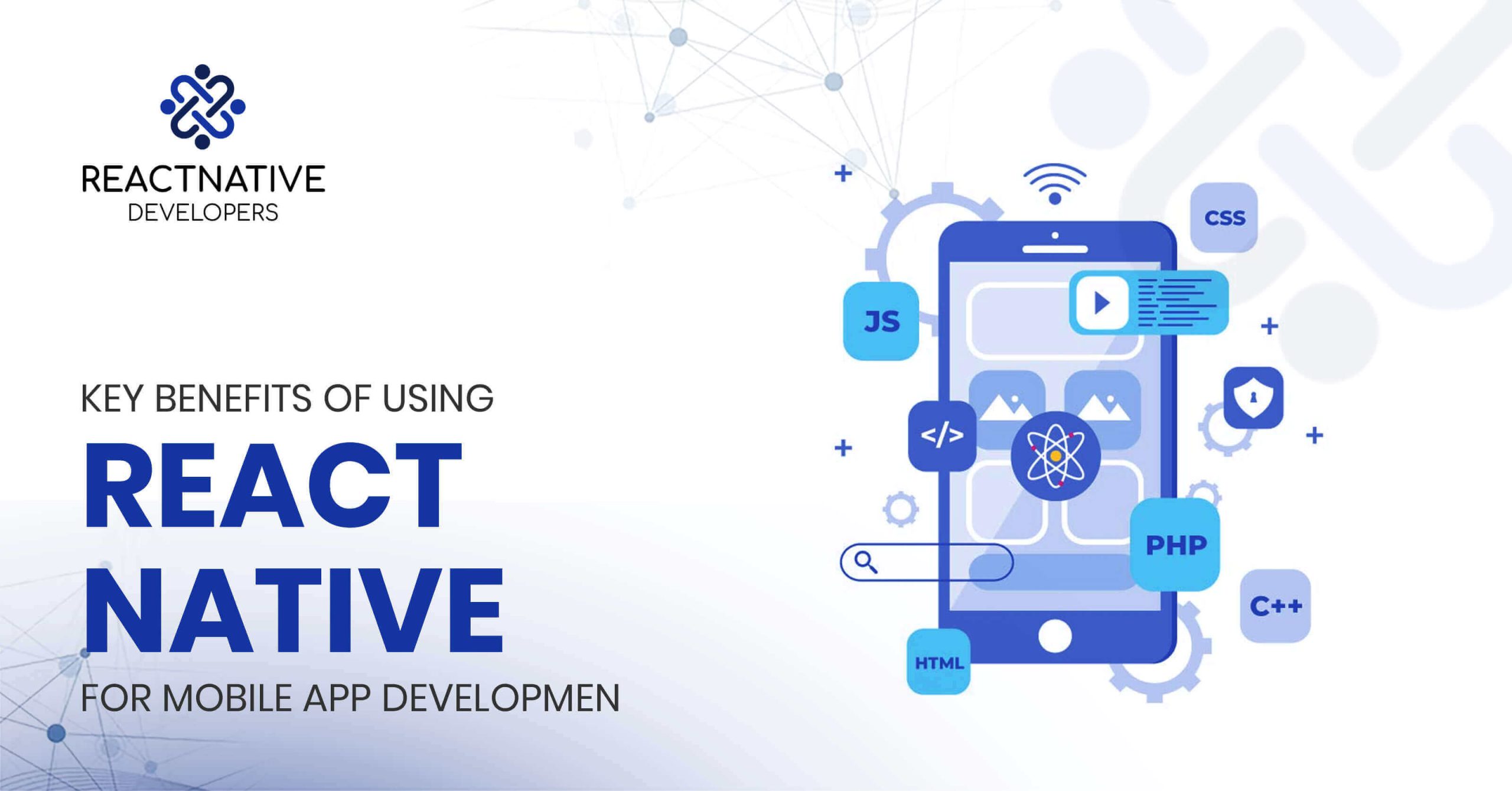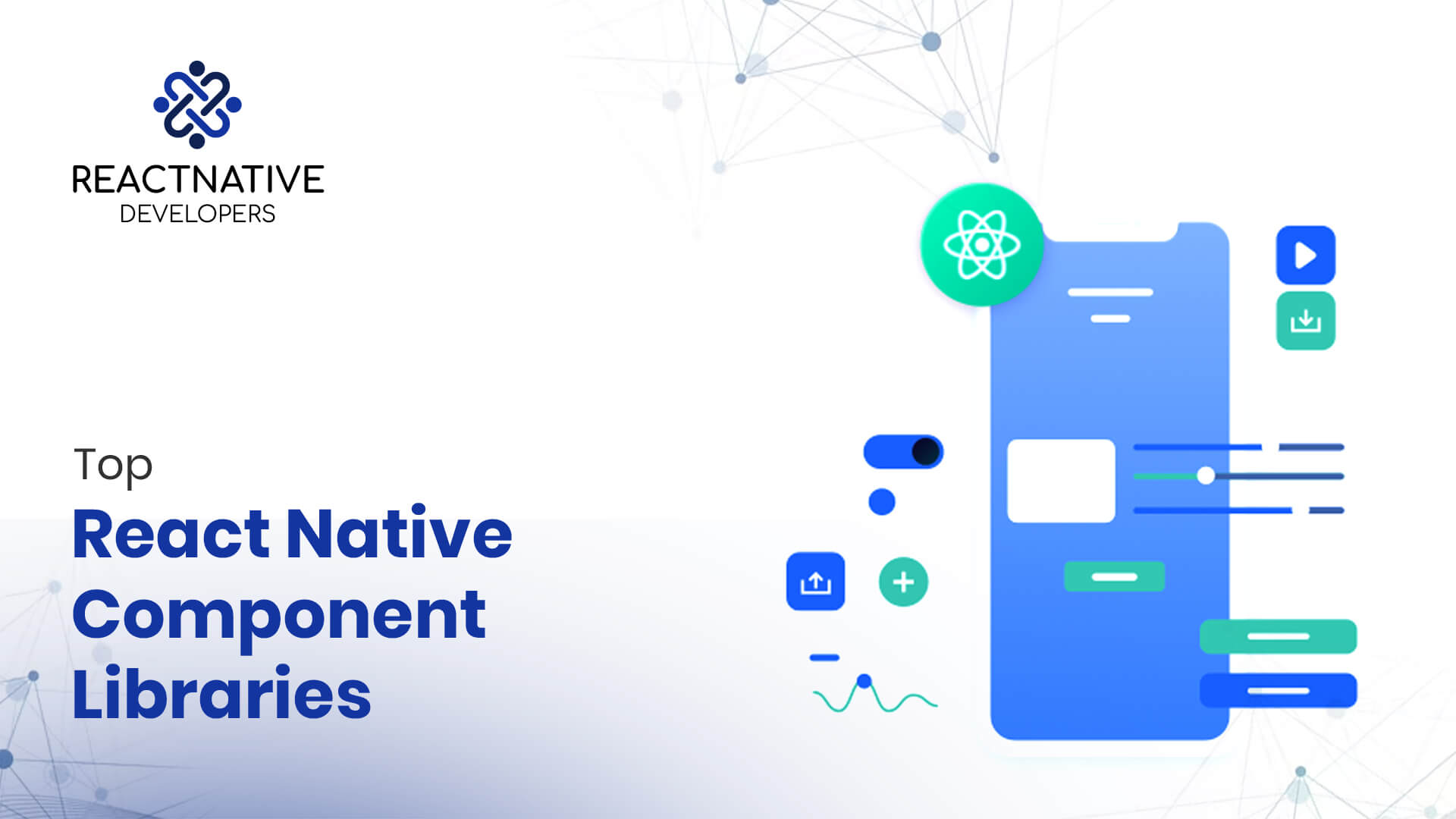In the dynamic realm of mobile app development, React Native has emerged as a game-changer, offering developers a powerful and versatile framework to build cross-platform applications with ease. In this comprehensive guide, we’ll delve into the world of React Native, exploring its origins, key features, advantages, and significance in modern app development.
React Native Introduction
React Native is an open-source framework developed by Facebook that allows developers to build mobile applications using JavaScript and React. Launched in 2015, It has gained widespread popularity for its ability to create native-like experiences across multiple platforms, including iOS, Android, and even web applications, using a single codebase.
Key Features of React Native:
- Cross-Platform Compatibility: It enables developers to write code once and deploy it across multiple platforms, eliminating the need to maintain separate codebases for iOS and Android apps.
- Native Performance: By leveraging native components, React Native delivers high performance and smooth animations, providing users with a native-like experience on their devices.
- Hot Reloading: The hot reloading feature allows developers to see changes in real-time as they build modifications to the code, speeding up the development process and improving productivity.
- Third-Party Plugin Compatibility: React Native seamlessly integrates with third-party plugins and libraries, enabling developers to access a vast ecosystem of tools and resources to enhance their applications.
- Declarative UI: It use a declarative programming paradigm, allowing developers to describe the desired state of the user interface, rather than specifying how to achieve it, making it easier to understand and maintain code.
Advantages of React Native:
- Faster Development Time: With its reusable components and hot reloading feature, It significantly reduces development time, allowing developers to build and iterate on mobile apps quickly.
- Cost-Effectiveness: By enabling cross-platform development, It helps businesses save time and resources by requiring only one development team and codebase for multiple platforms.
- Native-Like Performance: Despite being built using JavaScript, It delivers native-like performance by rendering components using the native APIs of each platform, ensuring smooth animations and interactions.
- Community Support: It boasts a vibrant and active community of developers, providing access to a wealth of resources, tutorials, and libraries to support developers throughout the app development process.
Getting Started with React Native:
To begin developing with React Native, you’ll need to set up your development environment by installing Node.js. The React Native CLI, and a code editor such as Visual Studio Code or Atom. Once your environment is set up, you can create a new React Native project using the command line and build your app using JavaScript and React components.
Conclusion:
React Native has revolutionized the way mobile applications are built, offering developers a powerful and efficient framework to create cross-platform apps with native-like performance. With its extensive features, advantages, and vibrant community support. It is poised to remain a dominant force in the world of mobile app development for years to come. You are a seasoned developer or just starting, exploring React Native opens up a world of possibilities for creating innovative and immersive mobile experiences.



